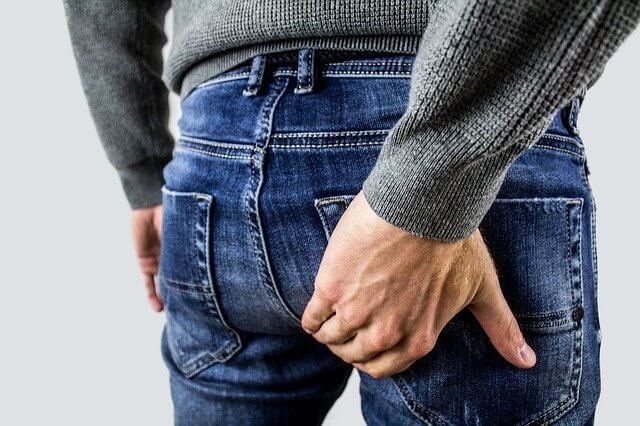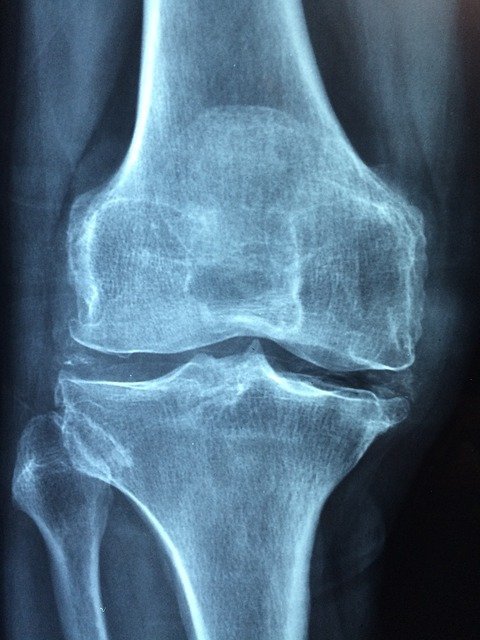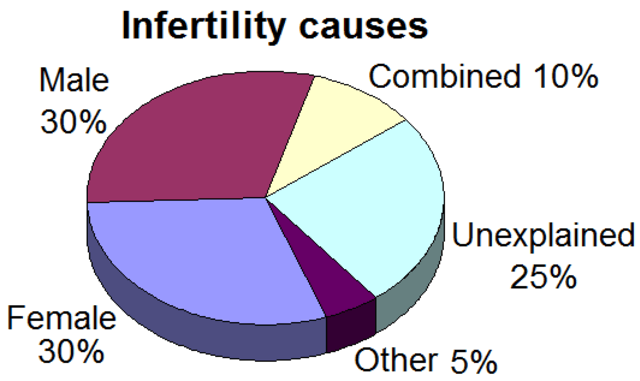- Cupping / Hijama Points Treatment Plan
- Body Part or Function Involved
- Symptoms and Effects
- Dietary Changes
- Changes in Llifestyle
- Alternative Remedies
Information on this site shall be considered as holistic, alternative and spiritual advice only. For medical advice and treatment a GP, medical professional and/or Certified Hijama Therapist should be consulted. In all circumstances where lifestyle changes, supplements, or other foods are suggested your GP should be consulted. Client Safety is the number one priority.
Cupping / Hijama Points Treatment Plan for Hemorrhoids
Allow 2-4 weeks between sessions – longer if required. Hijama Points shown for each session should ONLY be used to guide the therapist. Body size, cup size, and any other conditions need to considered and appropriate care and attention taken. The number of sessions shown can be increased or reduced depending on the condition of the client.
Complete Treatment Plan
Click here for Session 1Click here for Session 2
Click here for Session 3
Click here for Session 4
Click here for Session 5
Use the standard hijama points as an additional or as separate standalone sessions.
Standard Wet Points – 1,55,121,11,6
Standard Dry Points – 137,138,139
Click here for Hijama Points on the back of the body
If the client has a complicated history and numerous concerns then it is a good idea to use our online consultation service – click here.
Which body part or function is involved in Hemorrhoids?
The anal canal is the last segment of the gastrointestinal tract that is about 3 to 4 cm in length encircled with a sphincter complex and present without a peritoneal covering. There are three anatomical regions of the anal canal including columnar, intermediate, and cutaneous. The anal canal performs the function of maintaining defecation and fecal continence with the support of internal and external anal sphincters and puborectalis muscles present in this region. The anal canal consists of uneven subepithelial space and anal mucosa called anal cushions that are composed of loose connective tissues, arteriole, venule, smooth muscles, and anorectal vascular plexus or hemorrhoidal plexus. The anal cushions maintain the anal continence and aid in anal expansion during defecation. For complete fecal continence, the presence of anal cushions is significant to fill the gap in the sphincter ring as the anal sphincter complex does not close completely leaving a gap that needs to be filled for proper functioning. To support the anal cushion there exists mucosal suspensory ligament (anal subepithelial smooth muscle) and fibroelastic tissue.
Each of the anal cushions contains within it an anorectal vascular plexus. This anorectal plexus is formed when terminal branches of superior, middle, and inferior rectal arteries come in direct contact with their counterpart veins. The anorectal plexus contains numerous small sphincter-like structures made up of thick tunica media of the venous vessels consisting of smooth muscles (5-15 layers) that aid in the draining of these veins. The superior rectal vein or superior hemorrhoidal vein connects other veins around the rectum to the inferior mesenteric vein that is responsible to transport the blood from the large intestine to the splenic vein from where the blood is transported to the liver. This blood is then filtered and transported to the heart for oxygen before the next cycle starts. The rectal vein is the key connection between blood that exits all the veins surrounding the rectum. If the branches of the vein are swollen it puts pressure on the rectum and turns into internal hemorrhoid.

What are the symptoms and effects of Hemorrhoids on the body?
Pathologic hemorrhoids or piles are swollen veins in the anus and lower rectal area. the hemorrhoids can be internal when they are present inside of the rectum or external hemorrhoids when they present around the anus. Hemorrhoids are very common and develop from time to time in almost three out of four individuals. The symptoms of hemorrhoid depend on whether it is internal or external.
Internal hemorrhoids
These are developed on the interior of the rectum that is seen or felt by the person who has them as they rarely cause any discomfort. When passing stool, the straining or irritation of hemorrhoids can cause various symptoms including:
- Bleeding while passing the stool that is mostly painless. At times a person may notice some drop of bright red blood in the toilet or toilet tissue.
- Protruding hemorrhoid that is hanging through the anal opening and causes pain and irritation.
When internal hemorrhoid get swollen and protrudes outward from the anus it is referred to as prolapsed hemorrhoid and can cause severe pain.
External hemorrhoids
These are present under the skin that surrounds the anus causing symptoms like:
- Bleeding Discomfort or pain Itching or irritation in the anal area
- Swelling around the anal area Prolapsed hemorrhoids
Thrombosed hemorrhoids
When the external hemorrhoid is filled with blood that forms a clot (thrombus) it can cause severe pain, inflammation, swelling, a hard lump in the anal region
Causes of hemorrhoid
Hemorrhoids can develop when there is increased pressure in the lower rectal region causing the veins around the anus to protrude or swell. These veins are susceptible to stretching under pressure that can lead to hemorrhoids.
The causes of pressure may include:
- Chronic constipation or diarrhea
- Taking a diet low in fiber
- Sitting on the toilet for an extended period
- Straining while passing stool
- Consistent heavy lifting
- Obesity
- Pregnancy or childbirth
- Longer sittings
- Excessive use of laxatives
- Anal intercourse
Risk factors for hemorrhoid development
- Aging is a risk factor that increases the chances of hemorrhoid development due to the weakening of the tissues supporting the veins in the rectal region.
- Being pregnant is another risk factor for hemorrhoid development as the weight of the baby puts pressure on the anal area.
Possible complications due to hemorrhoids
- Blood clot or thrombus. In rare cases, there is a formation of a clot in a hemorrhoid that can cause extreme pain to the affected person and may require the draining of the clot.
- Anemia can be caused by blood loss that occurs due to hemorrhoid formation and the body gets short of the healthy blood cells to carry enough oxygen throughout the body.
- Infection. The hemorrhoids that are bleeding can get infected by bacteria that if left untreated cause serious complications like tissue death, fever, and abscess.
- Hemorrhoid can become strangulated when fresh blood supply by the arteries to the hemorrhoid is blocked leading to extreme unbearable pain.

What changes in diet can help improve symptoms of Hemorrhoids?
The symptoms related to hemorrhoids can be alleviated by certain dietary changes. The most important of all is that a person is taking enough fiber to make bowel movement easier and keep the gut healthy. Legumes including beans, peanuts, peas, lentils are the best source of fiber one can have. Similarly, other good fiber sources should be taken in the diet including whole grains, cruciferous vegetables (broccoli, turnip, cabbage, etc.), vegetables like potatoes, celery, beets, squash, carrots, and bell peppers. Also, fruits are a good source of fiber like apples, pears, melons, bananas, and raspberries. Besides this, taking enough water to keep hydrated is essential to avoid constipation and aid in smooth bowel movement. Foods that are bad for low in fiber should be avoided these may include red meat, white flour, dairy products, fried, processed, or salty food.
Changes in lifestyle which can help Hemorrhoids
Hemorrhoids can be avoided or taken care of by making some lifestyle changes. Do not delay going to the bathroom when you know you must, doing this makes the stool get harder that causes strain to pass it out. Do not read or use a mobile phone in the bathroom that makes you spend more time in the bathroom and the pressure that it puts on the anal blood vessels can lead to hemorrhoids. Staying physically active and doing exercise improves bowel movement and improves digestive problems including hemorrhoids.
Possible alternative remedies for Hemorrhoids
Applying aloe vera gel to treat the hemorrhoid is recommended because of its anti-inflammatory properties that may help in reducing the irritation. Also, witch hazel can be applied to reduce pain and irritation caused by hemorrhoids due to its natural anti-inflammatory properties. Taking a 20 minutes warm bath helps with hemorrhoid-related irritation adding Epsom salt can help by reducing the pain. Applying an ice pack for 15 minutes to the anal region can reduce swelling caused by hemorrhoids. Similarly, using soothing wipes, wearing loose cotton clothing, using stool softeners, and taking over-the-counter medicines offer help in relieving disease symptoms.




